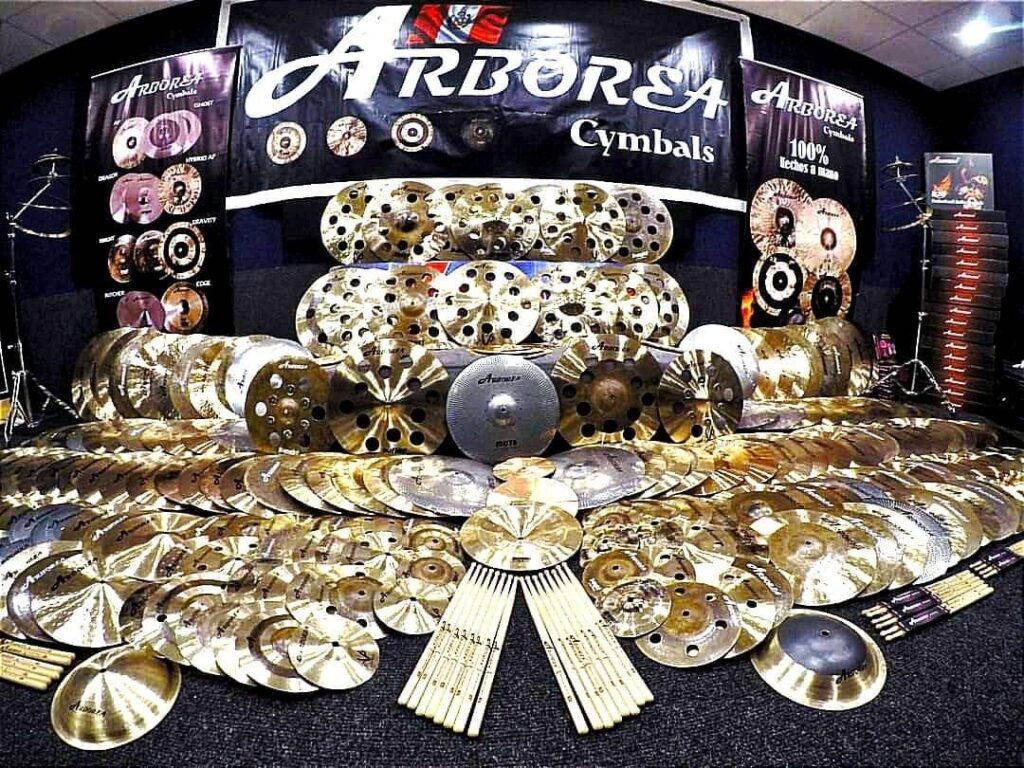When considering the purchase of marching cymbals, there are several important factors to keep in mind to ensure you select the best instruments for your needs. Here is a comprehensive guide with key points to consider:

Things You Should Know Before Buying Marching Cymbals
1. Cymbal Size and Weight
The size and weight of the cymbals significantly affect their sound and playability. Common sizes for marching cymbals range from 16 to 20 inches. Larger cymbals (18-20 inches) produce a louder, more sustained sound, while smaller cymbals (16-18 inches) are easier to handle and produce a quicker, brighter sound.
2. Material and Alloy
Cymbals are typically made from various bronze alloys. The most common are B20 (80% copper, 20% tin), B12 (88% copper, 12% tin), and B8 (92% copper, 8% tin). B20 alloys are known for their rich, complex sounds, while B12 and B8 alloys are more affordable and produce brighter tones.
3. Thickness and Sound Characteristics
The thickness of the cymbals affects their sound. Thin cymbals (French) have a fast attack and short sustain, making them suitable for quick articulations. Medium cymbals (Viennese) offer a balanced sound with moderate sustain, while thick cymbals (German) provide maximum power, projection, and sustain but are harder to play quickly.
4. Budget Considerations
Your budget will influence the type of cymbals you can afford. High-end cymbals from brands like Zildjian, Sabian, and Meinl can be expensive but offer superior sound quality and durability. For those on a tighter budget, non-cast cymbals or used cymbals can be a good alternative.
5. Brand and Model
Different brands and models offer unique sound characteristics. Popular brands include Zildjian, Sabian, Meinl, and Paiste. Each brand has various series tailored to different musical styles and preferences. Research and listen to sound samples to find the best match for your needs.
Arborea cymbal is also a nice choice: https://arboreacymbal.com/product-category/cymbal

6. Grip and Straps
Proper grip and straps are essential for comfort and control. Leather straps are preferred for their durability and comfort. Ensure the straps are securely attached and comfortable to hold, as this will affect your performance.
7. Durability and Maintenance
Marching cymbals need to withstand rigorous use. Look for cymbals that are known for their durability. Regular maintenance, such as cleaning and checking for cracks, will extend the life of your cymbals. Avoid cymbals with significant keyholing or cracks when buying used.
8. Sound Projection and Volume
Consider the projection and volume of the cymbals, especially if you will be performing in large outdoor settings. Larger and thicker cymbals generally offer better projection and volume, which is crucial for marching bands.
9. Compatibility with Music Style
Ensure the cymbals you choose are compatible with the style of music you will be playing. For example, darker, more complex sounds are often preferred for classical and concert settings, while brighter, more powerful sounds are suitable for marching and rock music.
10. Testing and Listening
Whenever possible, test the cymbals before purchasing. Listen for the range of sounds they produce, including attack, sustain, and decay. Ensure they meet your expectations for sound quality and performance.By considering these factors, you can make an informed decision and select the best marching cymbals for your needs.
